Vacation Packages to Cefalu
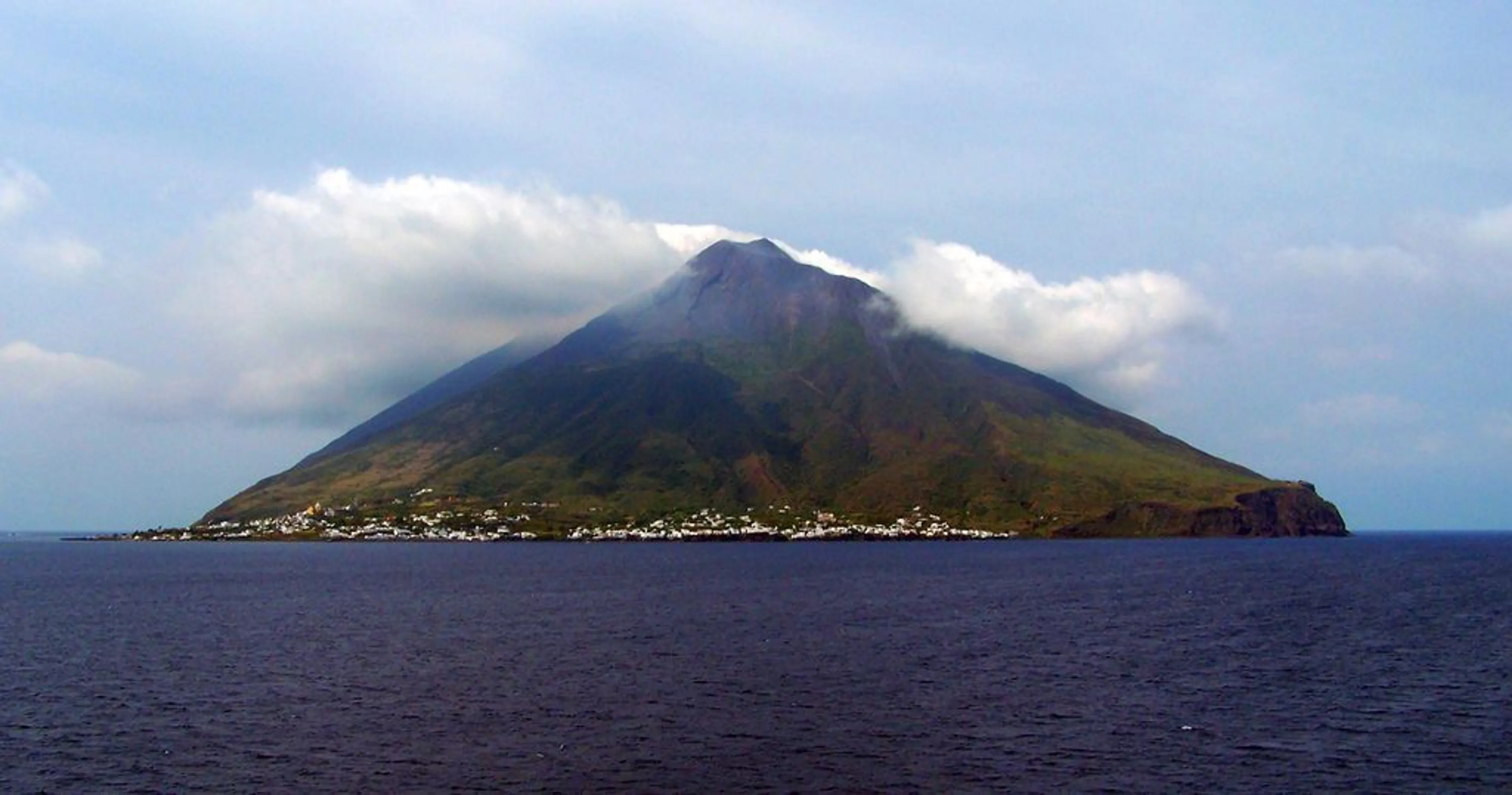
Customize it!
SICILY & AEOLIAN ISLANDS
Palermo, Monreale, Cefalù, Catania, Etna, Taormina, Aeolian Islands and more
English

Customize it!
SICILY AND MALTA
Catania, Siracusa, Noto, Marsala, Palermo, Valletta, Mdina, and more.
English
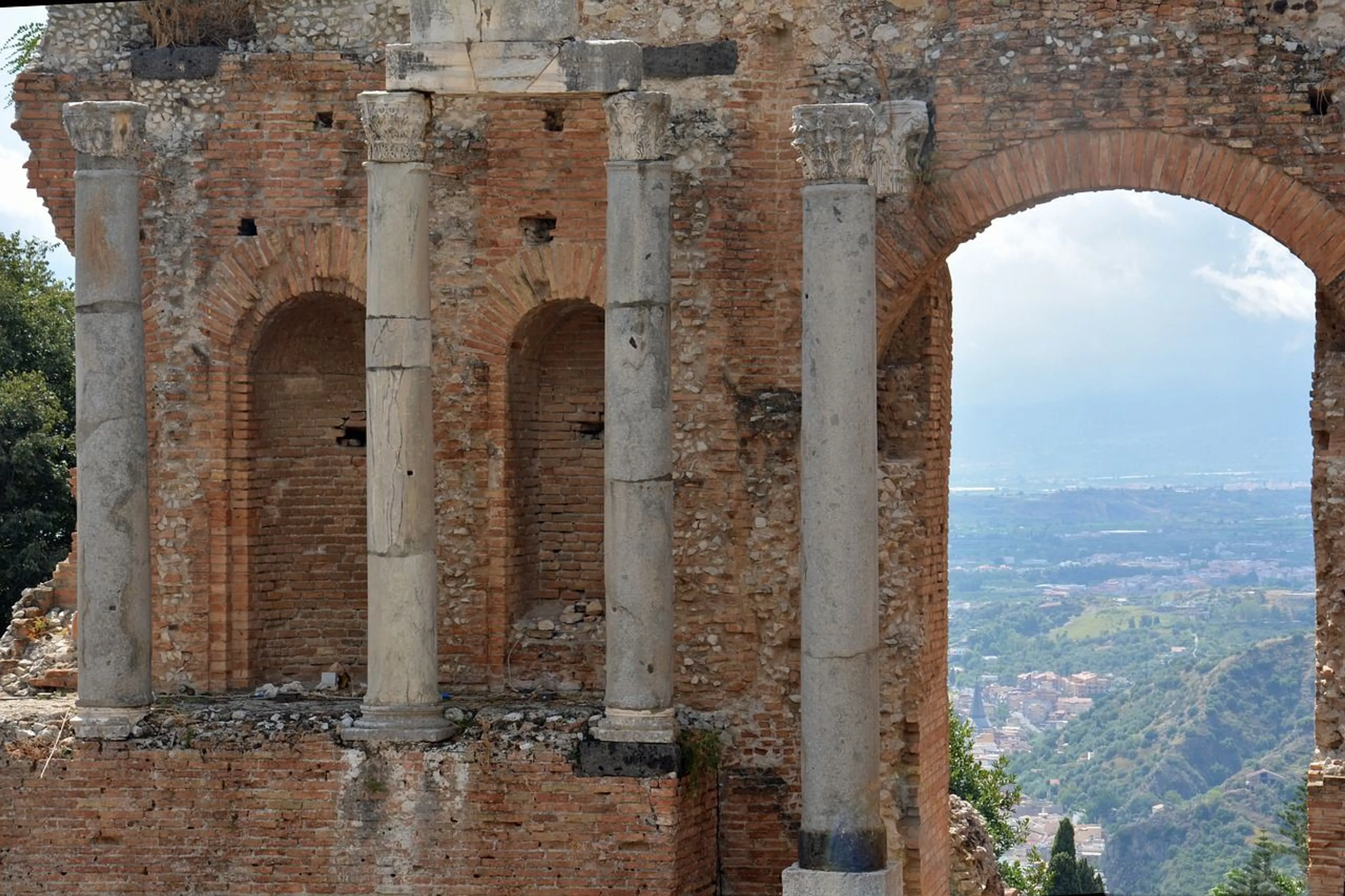
Customize it!
GALATEA
Catania, Syracuse, Etna, Marsala, Palermo and much more ...
English
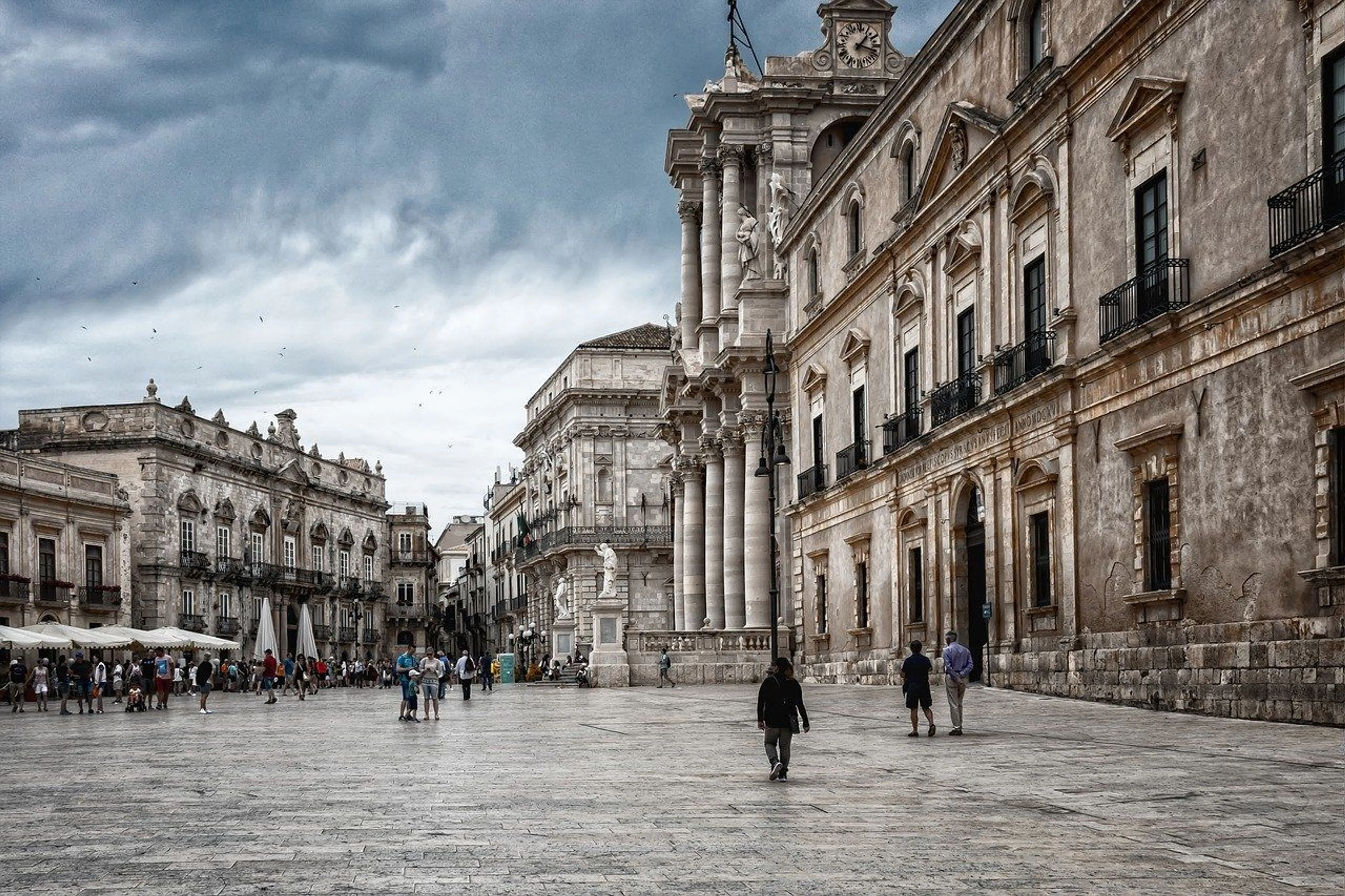
Customize it!
POLYPHEMUS
Palermo, Etna, Taormina, Agrigento, Syracuse and more
English
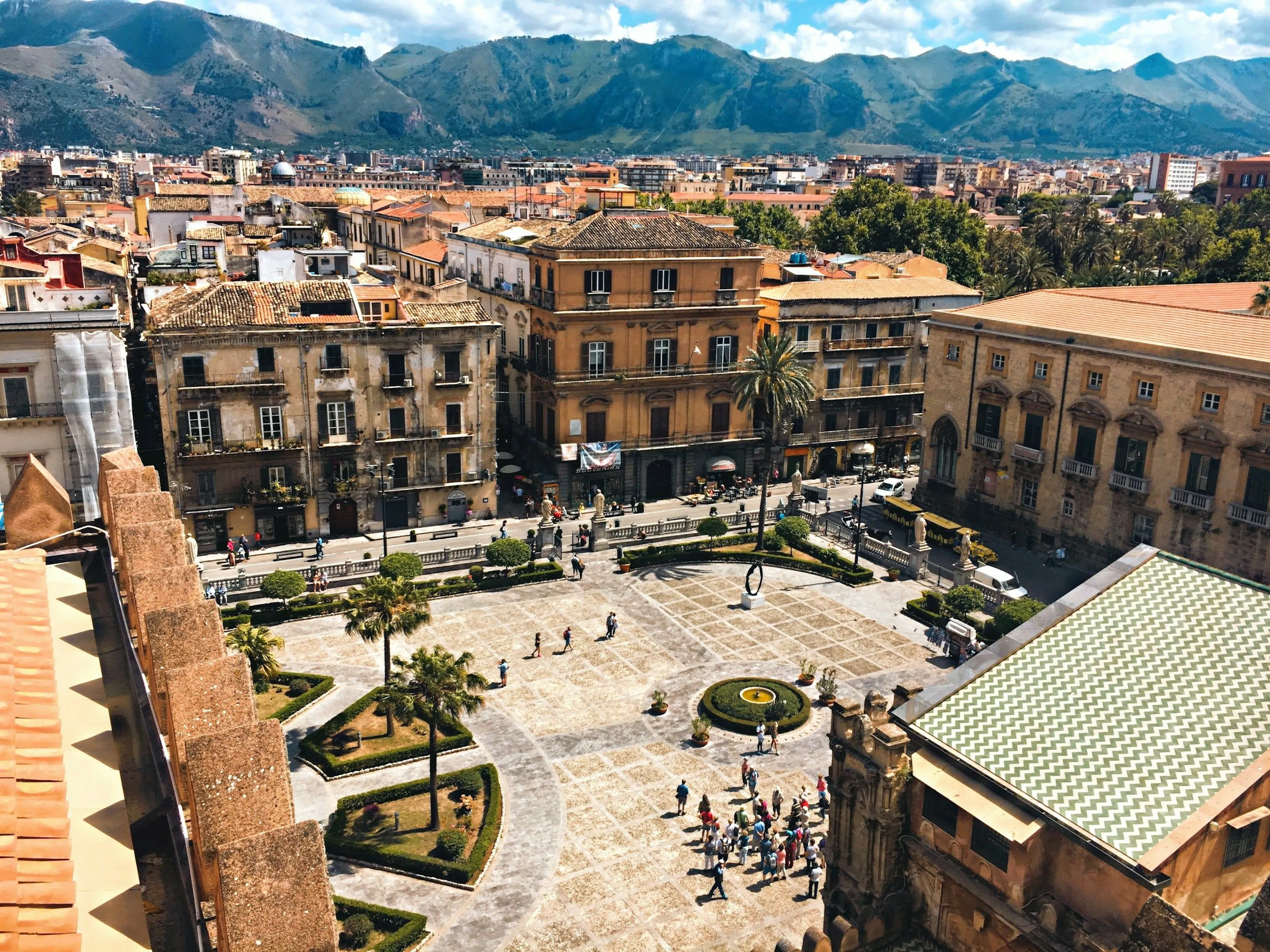
Customize it!
VOLCANO
Palermo, Monreale, Cefalù, Aeolian Islands, Taormina, & much more!
English
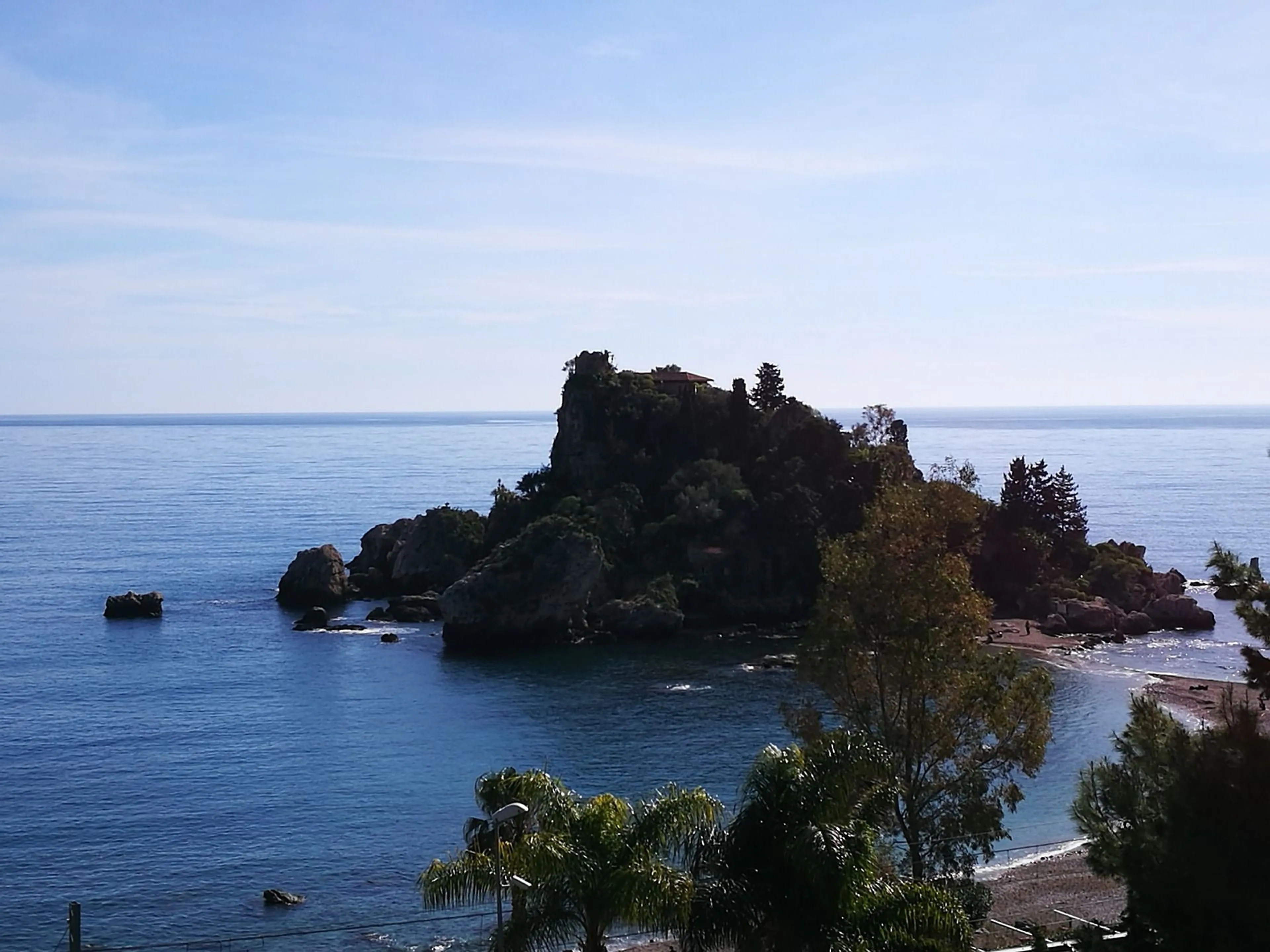
Customize it!
CERES
Catania, Syracuse, Etna, Palermo, Taormina and much more ...
English
Customize your package
Select from our wide variety
General Information about Cefalù
If you are looking for a dream destination for your next vacation, look no further! Cefalù is a magical place that has it all: dreamy beaches, breathtaking views and a rich history and culture.
If you are looking to escape the hustle and bustle and stress of everyday life, Cefalù is the perfect place to relax and recharge your batteries.
Traveling to Cefalù will transport you to a world of beauty and tranquility. You can explore the narrow cobblestone streets of its old town, which is steeped in history and tradition. From its impressive Norman cathedral to its Greek and Roman ruins, Cefalù is a place where history comes alive.
But what really makes Cefalù special are its beaches. The crystal clear, warm waters of the Mediterranean invite you to dive in and enjoy a day of sun and fun. And what about the sunsets? Don't miss the opportunity to enjoy one of the most impressive spectacles that nature has to offer.
In short, if you're looking for a dream destination that combines natural beauty, history and culture, you can't go wrong with Cefalù. Traveling to Cefalù is a unique experience you will never forget.
What to See in Cefalù
Cefalù has a wide variety of places of interest that you can not miss on your vacation to Italy. Here are the main tourist attractions:
Cefalù Cathedral
The Cathedral of Cefalù is an architectural jewel located in the heart of the city. It is one of the most important cathedrals in Sicily and is famous for its Norman architecture.
The cathedral was built in the 12th century and was commissioned by King Roger II. The king's aim was to create a cathedral that would be a symbol of the wealth and power of the Norman kingdom of Sicily.
The facade of the cathedral is impressive, with two towers flanking the main entrance. The façade is adorned with mosaics and sculptures depicting biblical scenes and religious figures.
Once inside the cathedral, you will find an impressive and luminous space. The interior is filled with mosaics and frescoes dating from the time of the cathedral's construction. The mosaics are especially impressive, as they cover much of the walls and ceiling. The colors are vibrant and the scenes depicted are detailed and moving.
The cathedral also features a high altar that is a work of art in itself. It was designed by architect Roger de Maignaut in the 14th century and is adorned with marble statues and reliefs depicting scenes from the life of Christ.
The Rock of Cefalù
The Rocca di Cefalù is an impressive fortress that sits atop a mountain overlooking the town of Cefalù. The fortress is believed to have been built in the 4th century BC and was used as an observation and defense point during medieval times.
The Rocca di Cefalù was conquered by the Normans in the 11th century and was subsequently used as a prison. During World War II, the fortress was used as an observation post by the Germans.
Today, the Rocca di Cefalù is a popular tourist site. To reach the top, you have to walk up a steep path that winds through the mountain. Once at the top, you can enjoy breathtaking views of the city and the Mediterranean Sea.
The fortress itself is impressive. It is built of stone and has a series of towers and walls surrounding the perimeter. Inside, you can explore a series of tunnels and rooms that were once used as prison cells.
The Medieval Lavatoio
The Lavatoio Medievale is a historic structure located in the heart of the city of Cefalù. It is a public fountain dating back to the 13th century and was used as a communal laundry during the Middle Ages.
The fountain is impressive, built in stone and decorated with reliefs and sculptures depicting scenes from the daily life of the city's inhabitants. The fountain also features a series of pillars and arches supporting the roof.
During the Middle Ages, the Lavatoio Medievale was a very important place for the communal life of the city. Women used to wear their dirty clothes and wash them in the fountain, while men gathered nearby to discuss important city matters.
Today, the Lavatoio Medievale is still an important place for the community of Cefalù. Although no longer used as a laundry, the fountain is a popular tourist attraction and meeting place for the town's inhabitants.
The Temple of Diana
The Temple of Diana is a historic structure located in the heart of the city of Cefalù. It is a Roman temple dating back to the 5th century BC and is one of the oldest monuments in the city.
The temple was built in honor of the goddess Diana, the Roman goddess of hunting and fertility. Although today only a few remnants of the original structure remain, one can appreciate the magnificence and splendor this temple once had.
The Temple of Diana is located in a small garden in the center of town and is one of Cefalù's most popular tourist attractions. Although much of the structure has been destroyed by time and the elements, you can still see some of the architectural details that make this temple so impressive.
The temple was originally surrounded by a series of columns that supported a wooden roof. The façade of the temple was decorated with sculptures and reliefs depicting mythological scenes and scenes of daily life of the time.
The Piazza del Duomo
Piazza del Duomo is the main square of the city of Cefalù. It is known for being home to the impressive Cathedral of Cefalù, an architectural jewel that attracts visitors from all over the world.
The square was built in the Middle Ages and is the ideal place to admire the beauty and magnificence of the cathedral's architecture. The square is surrounded by historic buildings, cafes and stores, and is a popular place for tourists and locals alike.
The Piazza del Duomo is a lively place that is always crowded, especially during the summer months. Tourists and locals alike gather here to enjoy the lively atmosphere and vibrant culture of the city.
The cathedral is undoubtedly the most impressive attraction in the square. It is an impressive Norman church built in the 12th century and features an impressive bell tower, a facade decorated with mosaics and sculptures and an impressive interior decorated with frescoes and breathtaking architectural details.
Traditional Cefalù Food
Cefalù's traditional food is a delicious blend of Mediterranean and Sicilian flavors. The region prides itself on its fresh, local food, using high quality ingredients and traditional recipes handed down from generation to generation.
One of Cefalù's most famous dishes is pasta with sardines, which is prepared with fresh sardines, wild fennel, raisins and breadcrumbs. Another delicious option is fish couscous, which is made with fresh fish, vegetables and spices.
Fresh seafood and fish are an important part of the local cuisine, and can be found in many typical local dishes. Swordfish is especially popular in Cefalù, and can be found in dishes such as involtini di pesce spada, which is a kind of roll stuffed with swordfish and other ingredients.
Pizza is also a very popular food in Cefalù. Sicilian pizza is known for its thick and spongy base, and can be found with a variety of toppings, such as the classic pizza margherita, pizza with anchovies and pizza with eggplant and ricotta cheese.
For desserts, cannoli are a popular choice, consisting of a crispy tube of dough filled with sweetened ricotta cheese and bits of candied fruit. Another typical Cefalù dessert is cassata siciliana, a multi-layered pastry filled with ricotta cheese, sponge cake, candied fruit and marzipan.
The traditional food of Cefalù is a unique culinary experience worth trying during a visit to the city.
Best Beaches around Cefalù
Cefalù is known for its beautiful beaches and crystal clear waters, making it a popular tourist destination all year round. Here are some of the best beaches in Cefalù:
Spiaggia di Cefalù: This golden sandy beach is the most famous beach in Cefalù. It is located right next to the historic center and the Cathedral, making it very accessible. It has a wide variety of facilities, such as sun loungers and umbrellas, showers and toilets, and plenty of options for eating and drinking.
Spiaggia Salinelle: This beautiful pebble beach is quieter than Spiaggia di Cefalù and is about 3 km from the town center. Despite its remote location, it is still very popular due to its natural beauty. This beach is perfect for those looking for a more relaxed and less crowded atmosphere.
Mazzaforno: Located about 5 km east of Cefalù, Mazzaforno is a golden sandy beach that stretches for almost a kilometer. It is a popular beach with families due to its crystal clear water and wide variety of water activities, such as windsurfing and kitesurfing.
Settefrati: This small, hidden pebble beach is one of the quietest and least crowded in Cefalù. It is located about 2 km from the town center and is an excellent choice for those looking for a secluded spot to enjoy the sun and sea.
Cefalù Cultural Aspects
Cefalù is a city with a rich history and culture, and boasts several cultural highlights that are worth learning about during a visit. Here are some of the highlights:
The Cathedral of Cefalù: It is one of the most important monuments of the city and is considered one of the jewels of Norman art. Built in the 12th century, it has Byzantine mosaics and a bell tower that can be seen from several points of the city.
The Mandralisca Museum: This museum houses an art collection, including works by Italian and European artists, as well as archaeological pieces and a library with more than 6,000 ancient volumes.
The Holy Week tradition: Cefalù is known for its Holy Week processions, which are especially impressive on Good Friday night, when the "Vare" procession takes place, in which the representation of the Passion of Christ is performed with a wooden statue of the dead Christ.
The feast of San Sebastian: This is one of the most important festivities of the city, and is celebrated every year in January. During the festivity, there are processions, fireworks and traditional dances.
Gastronomy: Food in Cefalù is an important part of the local culture, and features a delicious mix of Mediterranean and Sicilian flavors, such as pasta with sardines and fish couscous.
Medieval architecture: The city has numerous buildings and streets that reflect its medieval past, such as the Porta Pescara and the Torre del Lavatoio Medievale.
These are just some of the cultural highlights of Cefalù. The city has much to offer on a cultural level and is a unique and unforgettable experience for those who visit.
01What is the best time of year to travel to Cefalù?
The best time to visit Cefalù is from May to September, when the weather is warm and dry.
02How to get to Cefalù from Palermo airport?
The easiest way to get to Cefalù from Palermo airport is by rental car, cab or bus.
03Is it safe to travel to Cefalù?
Yes, Cefalù is a safe place to travel. As in any place, it is important to take normal precautions to ensure personal safety and protect valuables.
04What tourist activities can be done in Cefalù?
There are many tourist activities to do in Cefalù, such as visiting the Cathedral, walking through the narrow medieval streets, sunbathing on the beach, taking boat trips and enjoying the local food and wine.
05Is a car necessary to explore Cefalù and its surroundings?
It is not necessary, as Cefalù is a small town and can be easily explored on foot. However, a car is recommended if you want to explore the surroundings and visit other towns and tourist sites.
06How many days are needed to visit Cefalù?
From Greca, we recommend spending at least 2 days in Cefalù in order to enjoy the city and its surroundings.
07What typical foods can be tasted in Cefalù?
In Cefalù you can taste typical dishes of Sicilian cuisine, such as pasta with sardines, arancini, cannoli and granita.
08What other cities can be visited near Cefalù?
There are many towns and tourist sites near Cefalù, such as Palermo, the nature reserve of Lo Zingaro, the town of Castelbuono and the town of Santo Stefano di Camastra, famous for its ceramics.
09What is the climate like in Cefalù?
The climate in Cefalù is Mediterranean, with hot, dry summers and mild, rainy winters. During the summer months temperatures range from 25-35 degrees Celsius, and in winter around 6-14 degrees Celsius.